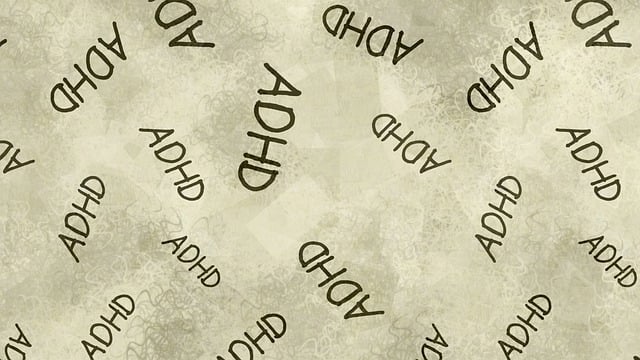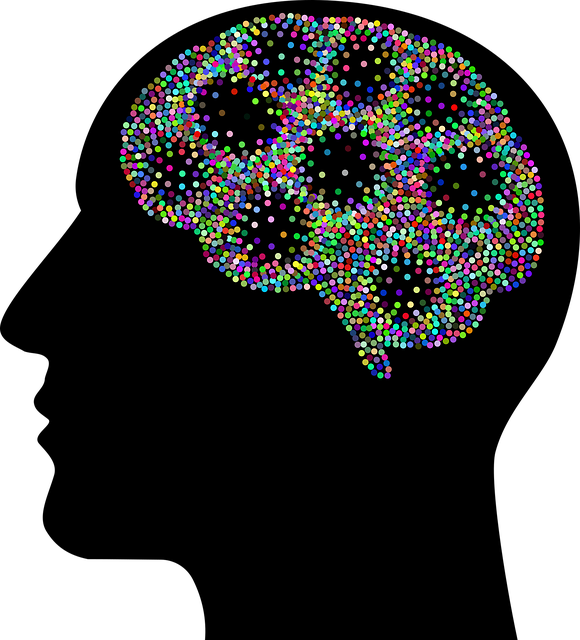Mental wellness apps focusing on niche disorders like LTDD need targeted marketing strategies. Emphasize specialized therapy, education, and self-awareness exercises in campaigns. Utilize digital platforms for precise targeting, engaging content, and community building. Measure success through key metrics to refine app functionality and content tailored to users' needs, ensuring effective support.
Mental wellness apps are gaining traction, especially with the rise of conditions like Lone Tree Dissociative Disorder. This article offers a strategic marketing approach for developers targeting this niche. We explore audience understanding, highlighting the unique needs of those suffering from dissociative disorders. Next, we discuss crafting a compelling value proposition for app therapy. Effective channels and strategies are then outlined, followed by measuring success through analytics and user engagement. By implementing these steps, developers can attract and retain users seeking Lone Tree Dissociative Disorder Therapy solutions.
- Understanding Your Target Audience: Lone Tree Dissociative Disorder and Beyond
- Crafting a Unique Value Proposition for Mental Wellness App Therapy
- Choosing Effective Marketing Channels and Strategies
- Measuring Success: Analytics and User Engagement for Continuous Improvement
Understanding Your Target Audience: Lone Tree Dissociative Disorder and Beyond

Understanding your target audience is a critical step in developing an effective marketing strategy for mental wellness apps, especially when addressing niche concerns like Lone Tree Dissociative Disorder (LTDD). This rare condition requires specialized therapy and support services tailored to individuals experiencing episodes of detachment from reality. By delving into the unique needs and challenges faced by those affected by LTDD, app developers can create targeted marketing campaigns that resonate with their audience.
Marketing efforts should focus on raising awareness about both the disorder and available trauma support services. Educational content that breaks down mental health policy analysis and advocacy can empower users to seek help. Incorporating self-awareness exercises within the app’s marketing strategy can also attract individuals seeking personal growth and a deeper understanding of their experiences. Effective communication will ensure that the target audience feels seen, heard, and supported in their journey towards healing.
Crafting a Unique Value Proposition for Mental Wellness App Therapy

In today’s digital age, mental wellness apps offer a unique opportunity to reach individuals seeking therapy for conditions like Lone Tree Dissociative Disorder. Crafting a compelling value proposition is key to standing out in this competitive market. The app should focus on providing personalized support, combining evidence-based practices with innovative tools tailored to individual needs. By offering features such as Self-Awareness Exercises and Mental Wellness Journaling Exercise Guidance, users can actively participate in their emotional healing processes.
App developers must emphasize the convenience and accessibility of their platform, ensuring users feel supported throughout their journey. Incorporating interactive elements, educational resources, and a supportive community can significantly enhance user engagement. Targeting specific conditions like Lone Tree Dissociative Disorder allows for precise marketing strategies, appealing to those directly affected while also attracting mental health advocates. This targeted approach ensures that the app’s unique value proposition resonates with its intended audience.
Choosing Effective Marketing Channels and Strategies

In developing a marketing strategy for mental wellness apps, particularly those addressing conditions like Lone Tree Dissociative Disorder Therapy, it’s crucial to identify channels that resonate with your target audience. Digital platforms offer immense potential, allowing for precise targeting based on demographics, behaviors, and interests. Social media networks, given their widespread use, can be powerful tools for raising awareness about mental health resources. Engaging content focused on improving emotional regulation, sharing success stories, and providing communication strategies can attract users seeking support.
Email marketing, another effective strategy, enables personalized outreach and nurturing of leads. By offering valuable free content or trial periods for apps designed to treat conditions like Lone Tree Dissociative Disorder Therapy, you build trust and demonstrate the app’s value. Leveraging online communities and forums where individuals discuss mental wellness openly can also create opportunities for organic reach. Using relevant keywords, such as “Emotional Regulation” and “Mental Wellness,” ensures your content is discoverable by those actively searching for solutions.
Measuring Success: Analytics and User Engagement for Continuous Improvement

Measuring success is paramount for any mental wellness app to ensure it’s providing effective support and fostering user engagement. By analyzing key metrics like daily active users, session duration, and retention rates, developers can identify areas for improvement. Understanding user behavior patterns, such as the features most frequently used or the drop-off points in the user journey, allows for targeted enhancements. For instance, if a majority of users abandon the app after setting goals but fail to engage with subsequent tracking features, it’s clear that a change is needed to bridge this gap.
Continuous improvement relies on leveraging analytics insights to refine the app’s functionality and content. Incorporating positive thinking exercises, stress reduction methods, and self-esteem improvement techniques can be tailored based on user engagement data. For example, if analytics reveal a high interest in mindfulness practices, the app could expand this section with new guided meditations or personalized routines. Similarly, addressing specific concerns like Lone Tree Dissociative Disorder Therapy through targeted content can make the app a valuable resource for those seeking support.
In developing a marketing strategy for a mental wellness app, understanding your target audience is key. As highlighted, conditions like Lone Tree Dissociative Disorder require specialized care and tailored therapies. By crafting a unique value proposition focusing on evidence-based approaches, you can attract users seeking effective solutions. Leveraging the right marketing channels, such as social media and content marketing, ensures reach and engagement. Continuous improvement driven by analytics and user feedback is essential to meet evolving needs, especially in the competitive mental health app market. Incorporating keywords like ‘Lone Tree Dissociative Disorder Therapy’ strategically can enhance SEO, making your app more discoverable for those in need.












